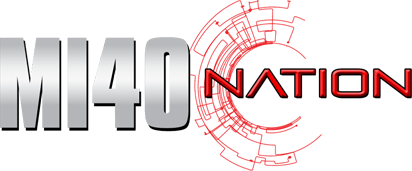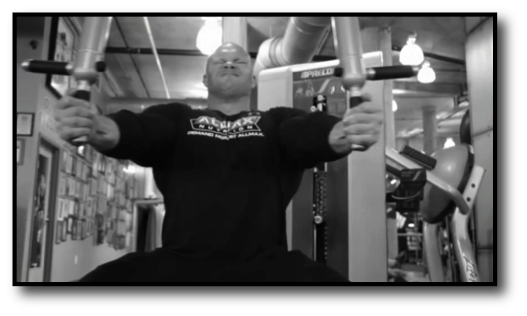The Effects of Carbohydrates on Insulin – Part 3: Post Workout Carbohydrates
What you need to know in review: Carbs have a direct effect on the release of insulin Insulin is considered ...

What you need to know in review: Carbs have a direct effect on the release of insulin Insulin is considered ...
MI40 Strength Coach Adam Miller coming at you with an intro into the world of powerlifting... and how you can ...
There is, without a doubt, a no more difficult area of the body to develop muscle size and strength, than ...
Question: “We all know that it’s essential for anyone who trains hard to recover sufficiently to continuously improve their performance and physique. What ...
Let’s face it – seeking out the right information can be confusing whether you are a bodybuilder or just an ...
Grocery shopping can be a daunting task. Organic, cage-free, grass-fed, non-GMO, certified, fortified, petrified…there are so many choices and so ...
Want side delts like BPak? Here you'll find his best execution pointers for the medial delt exercises you should ...
Step-by-step instructions for performing the best isolation exercises for building a barn door back!
Whether your goal is to target the glutes, hams or quads, Ben explains you how to lunge your way ...
